Community
Preparing for Conventions
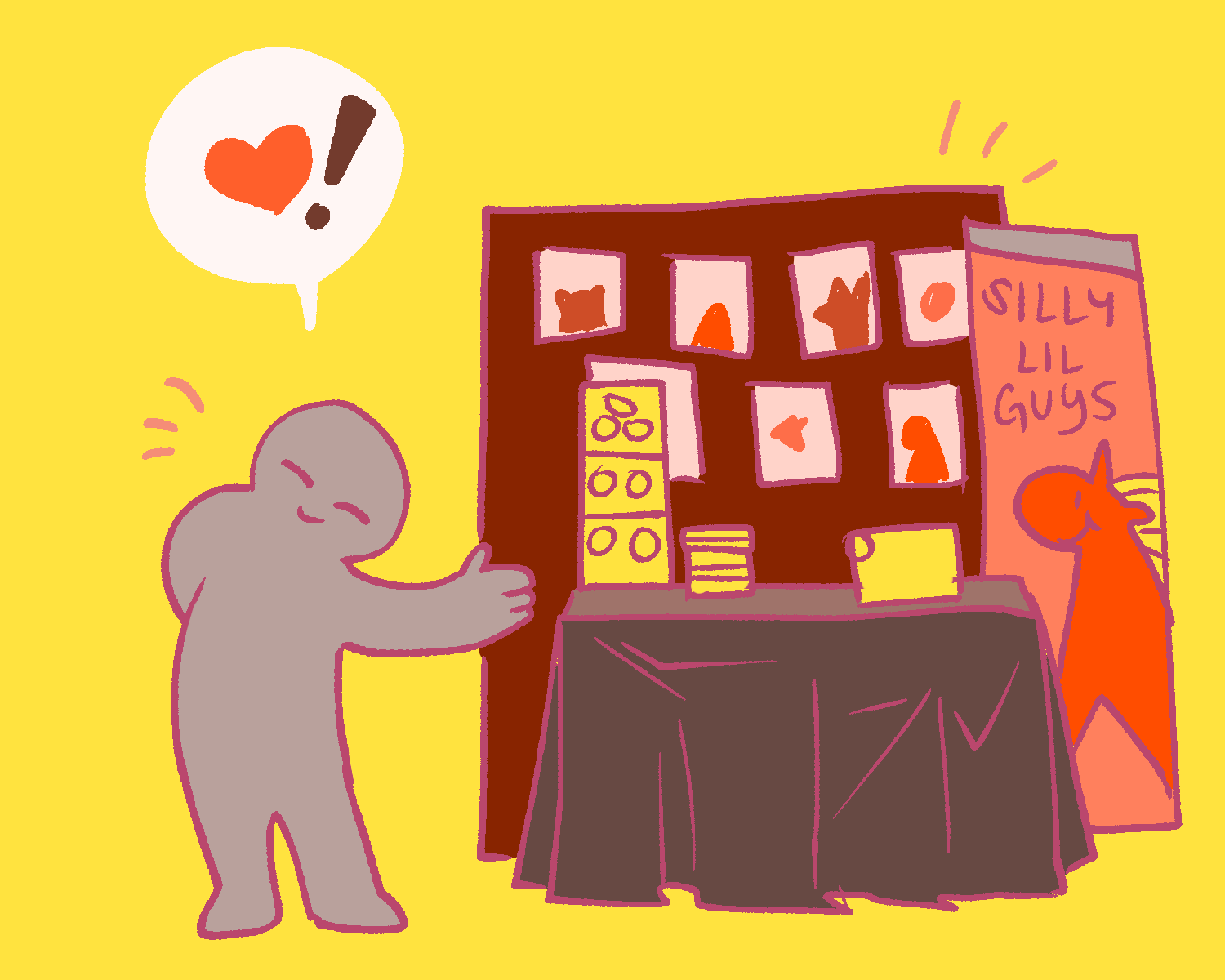
What events are best to go to?
Whether it’s a huge celebrity-studded multi-day weekend or a small gathering at a local library, in-person events are an exciting way to reach all kinds of comic fans that may not be in any of your circles online. There’s opportunities to be had at almost every type of event, but a few things that might narrow your focus:
Outlining
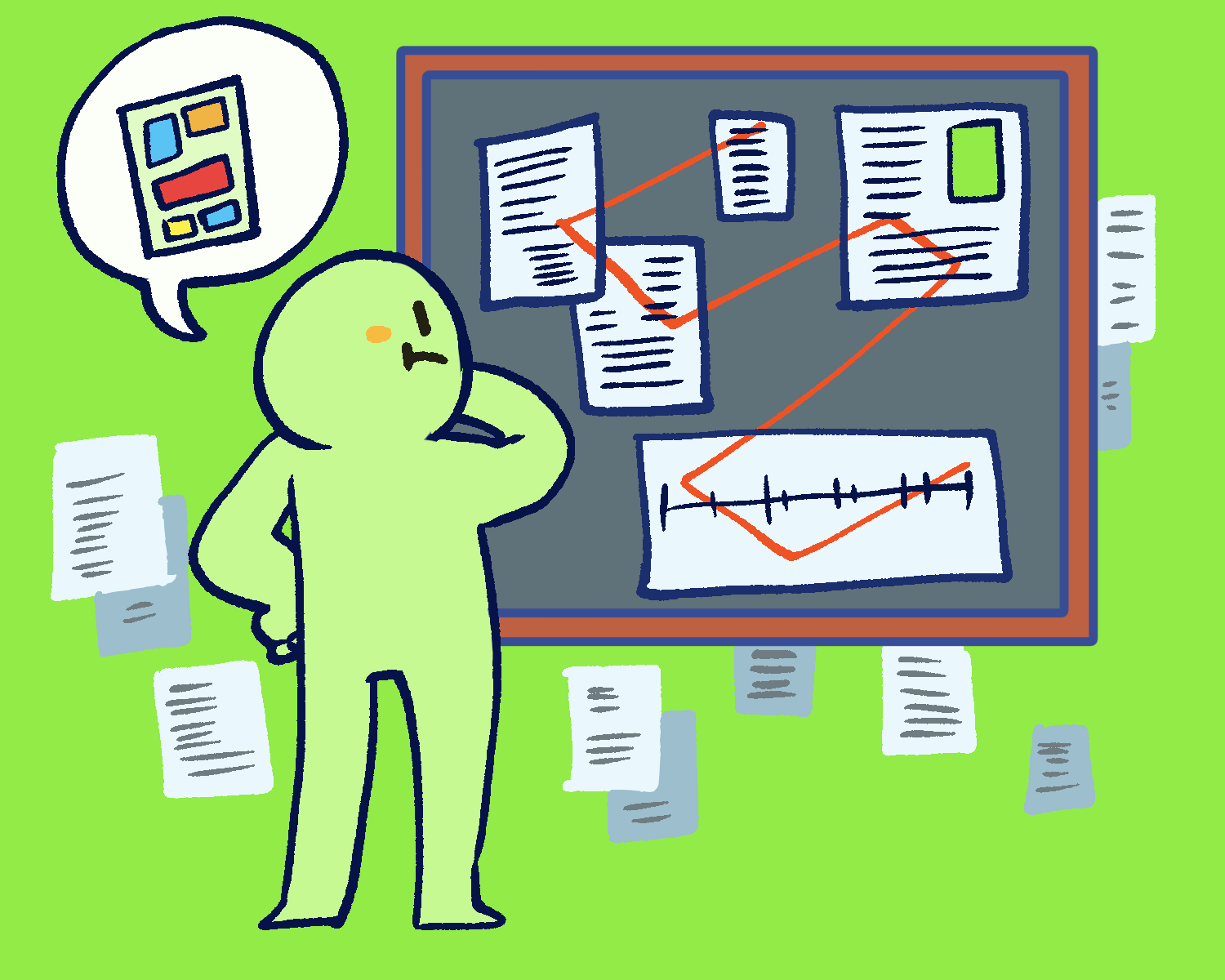
Outlining is a great tool for webcomic creators to create a road map quickly and help you get to the final version of your story. Writing out a loose list of the series of plot points you want visit helps you plan everything out by identifying the scenes you might (and might not!) need.
Outlines can take many forms and be revisited on an ongoing basis as you create your comic. Here are some tips on approaching them!
Marketing your Webcomic on Social Media
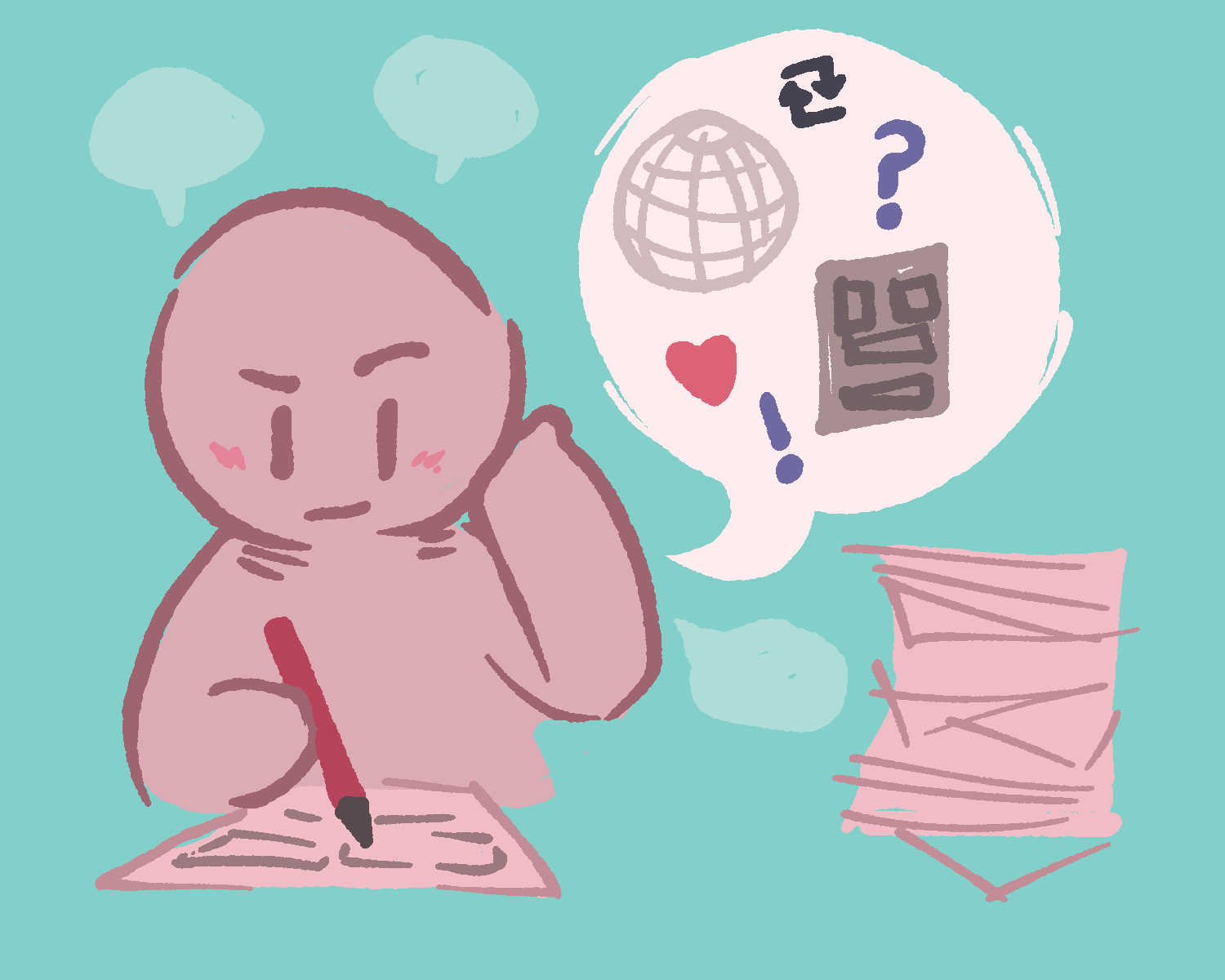
So! You’re starting a webcomic and want to share it on social media! Good idea! But how?
The ins and outs of every platform shift and change, nobody has surefire answers, and not all of them are going to be right for you. But some specifics to keep in mind as you approach social media as a webcomic creator can go a long way.
Using Visual References
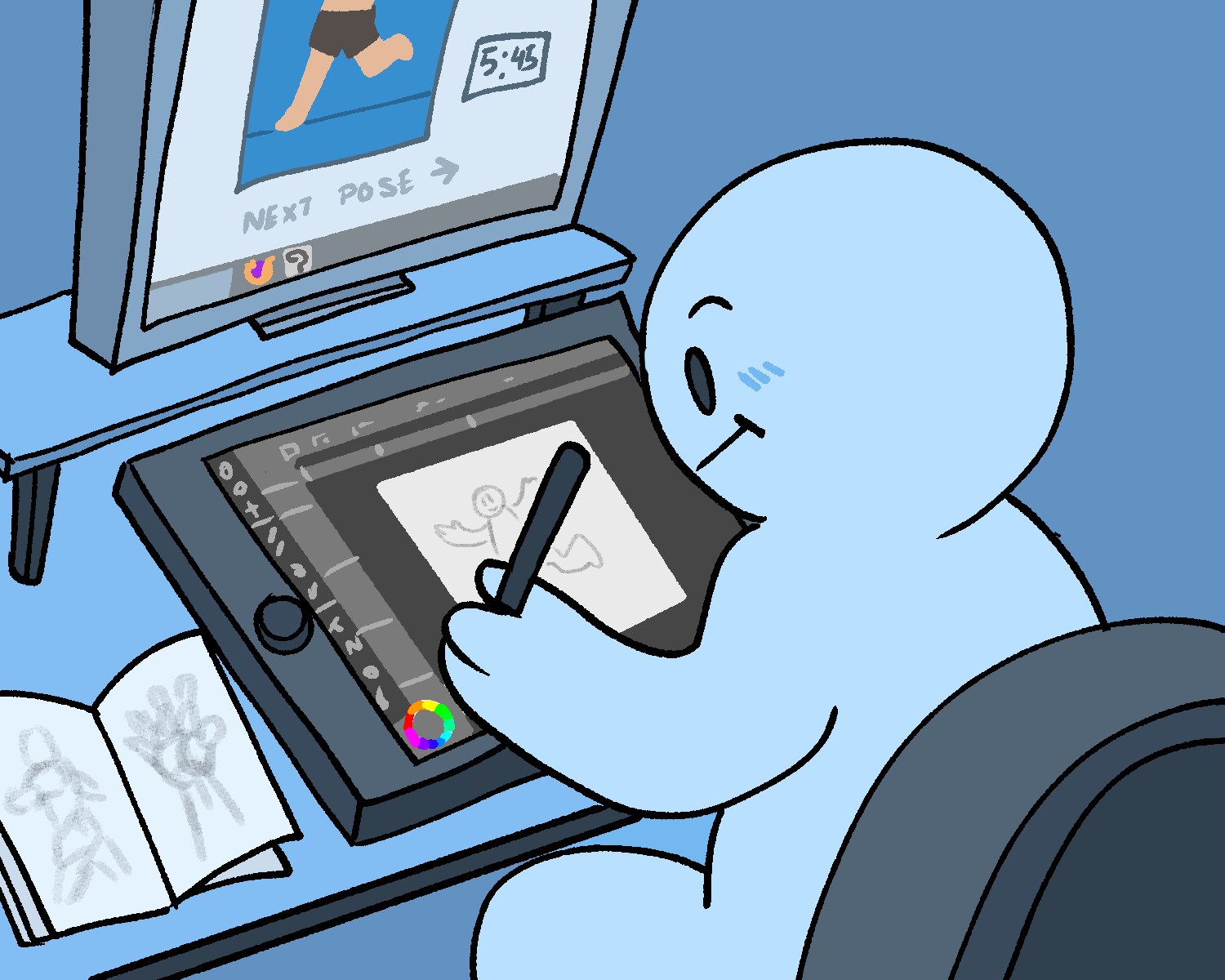
What are references, and why do we need them?
References are visual aids that helps you draw something, such as photos you take yourself, photos you find on the internet, 3D models, live models, miniature toys, or materials you draw on the side for characters or vehicles or outfits you know you’re going to be using in your pages.
Three Pronged Character Development for Webcomics
We all have characters in our heads that we love, but for one reason or another might not be striking our audience as cool/evil as we intend for them to be. How do you troubleshoot what’s going on, and modify what your character does to make them have the impact you want?
In a series of episodes of the podcast Writing Excuses, the hosts come up with a helpful framework of 3 “sliders” that you can scale up or down to affect how a character is perceived:
Sympathy - How sympathetic or relatable they are. You can adjust this by ____
Proactivity - How much do your protags “protag”. You can adjust this by ____
Competence - Are they good at what they do?
Interesting Combinations
Editing for Webcomics
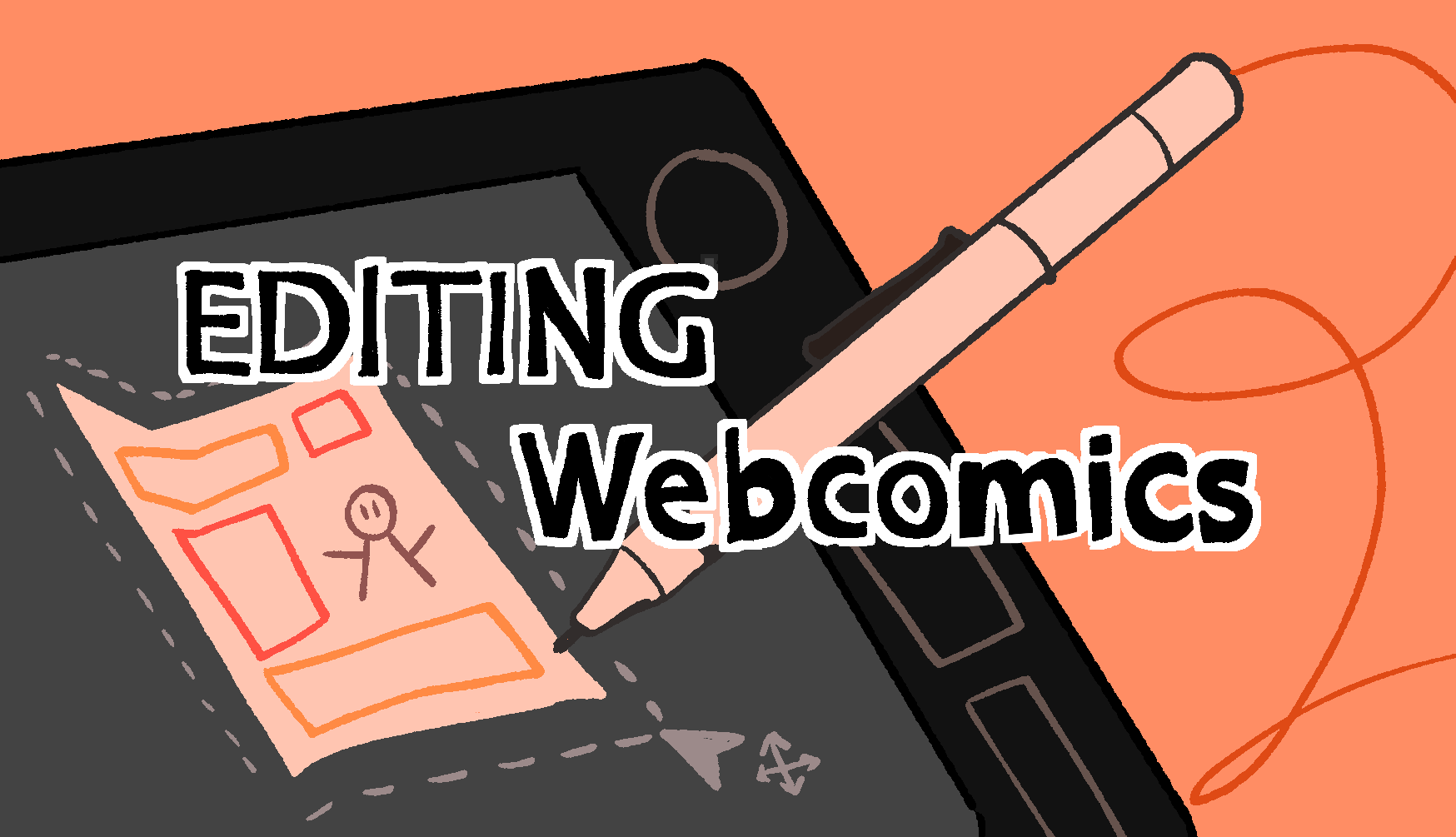
There are so many different skills in making a webcomic. Art, storytelling, layout, and fonts are all aspects you might look for when you sit down for an editing session. Editing for webcomics can also happen before the page goes live and after. But how do you decide where you want to put your energy, and when?
Pick up the pace!
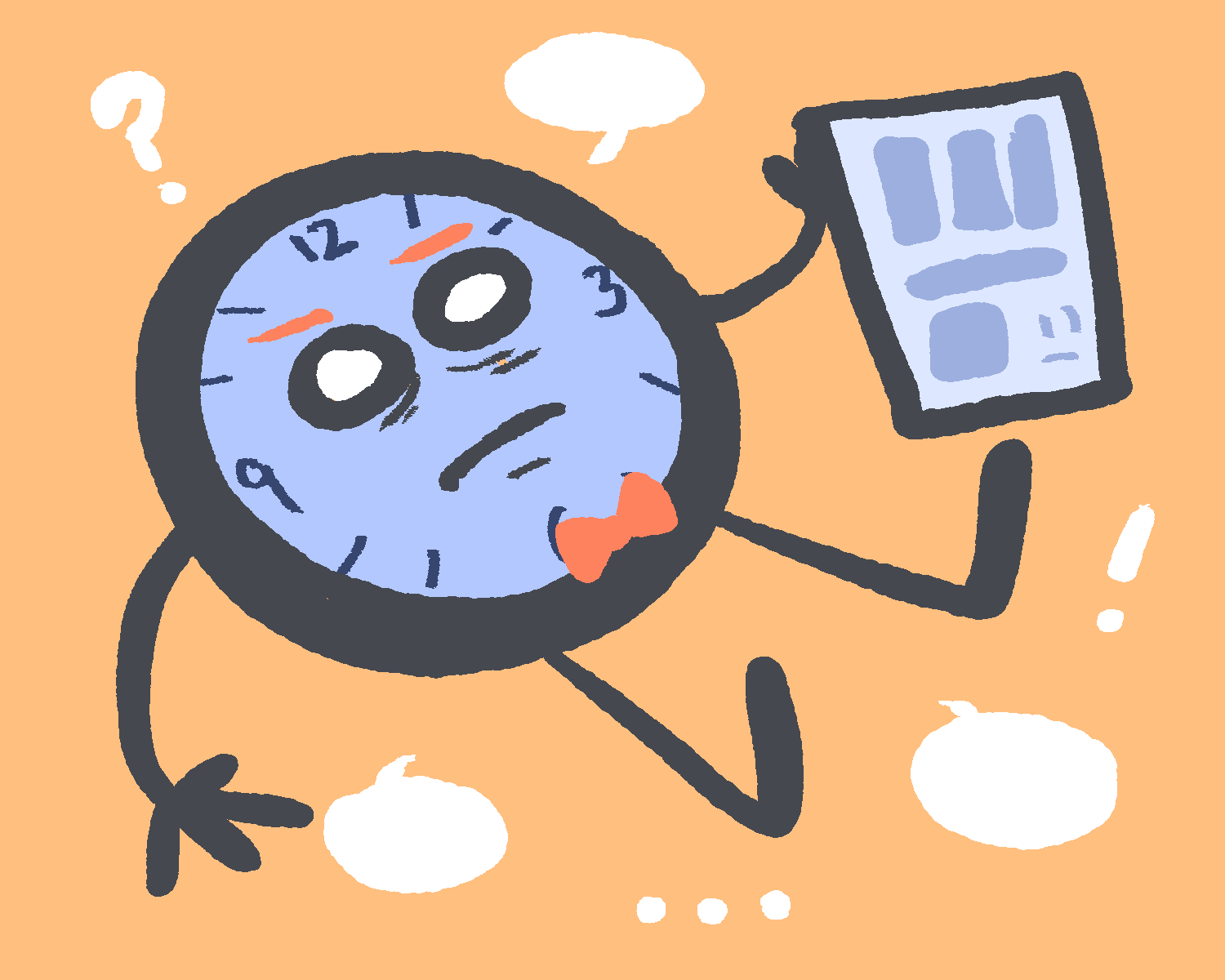
Tips to keep readers engaged during slow scenes in your webcomic.
Many longform webcomics only update once a week, and those 4-5 pages only cover so much ground. A particularly extensive 5-minute conversation can take several months.
If both the creator and the readers are enjoying the pace, that’s fine! Airy slice-of-life stories are completely valid if that is your style! But in other cases, it can frustrate and damage our engagement with our readers.
How to get a book quote from a printer
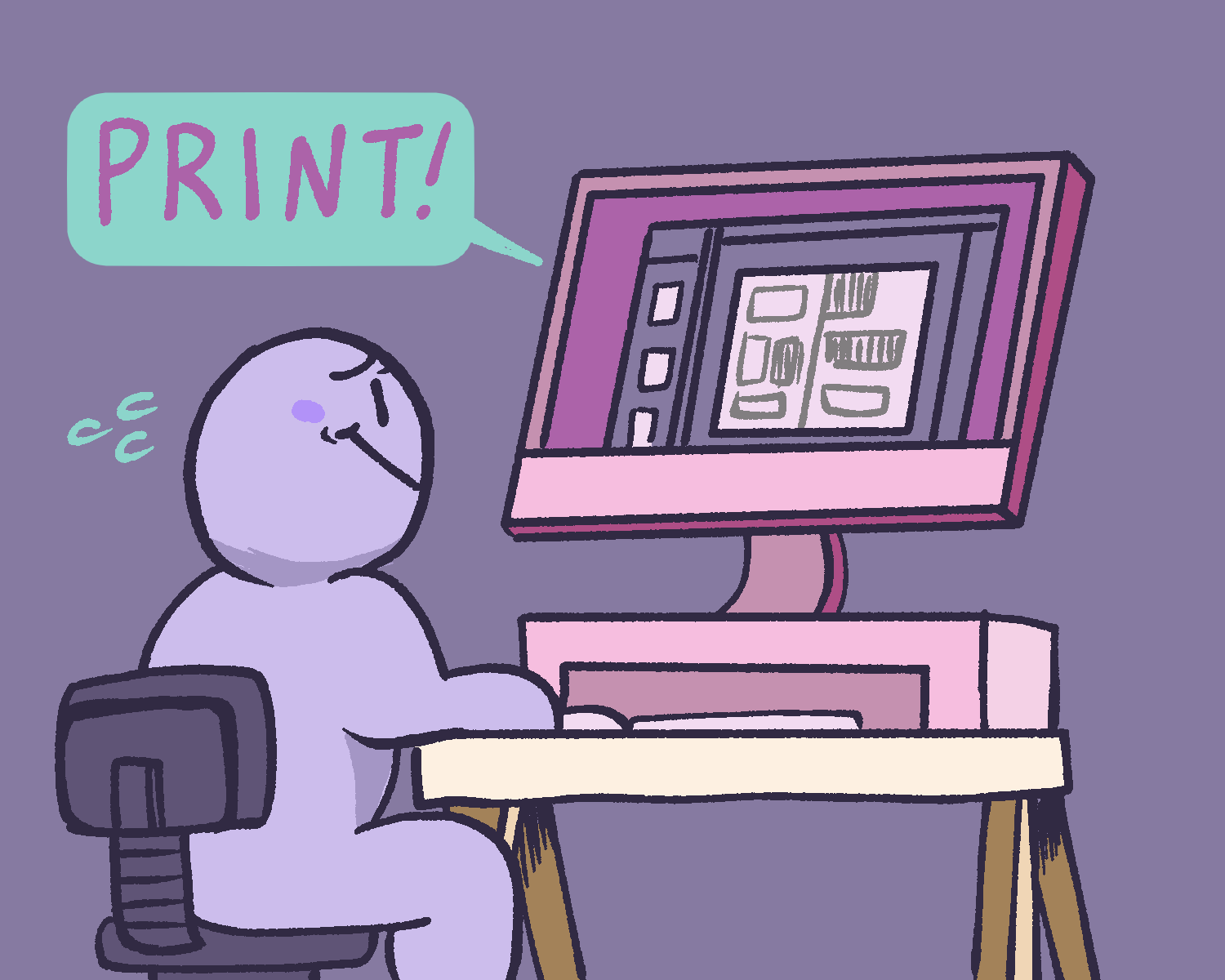
Whether you’re planning a small print run for your comic or looking into other printed projects, learning how to work with printers is an amazing skill. Though many book printers do have online tools to calculate pricing (Mixam, Greko, RA Comics Direct, and Keness being a few), reaching out to a sales rep at the printer is always an option too!
PEER REVIEW: the giving and the getting thereof
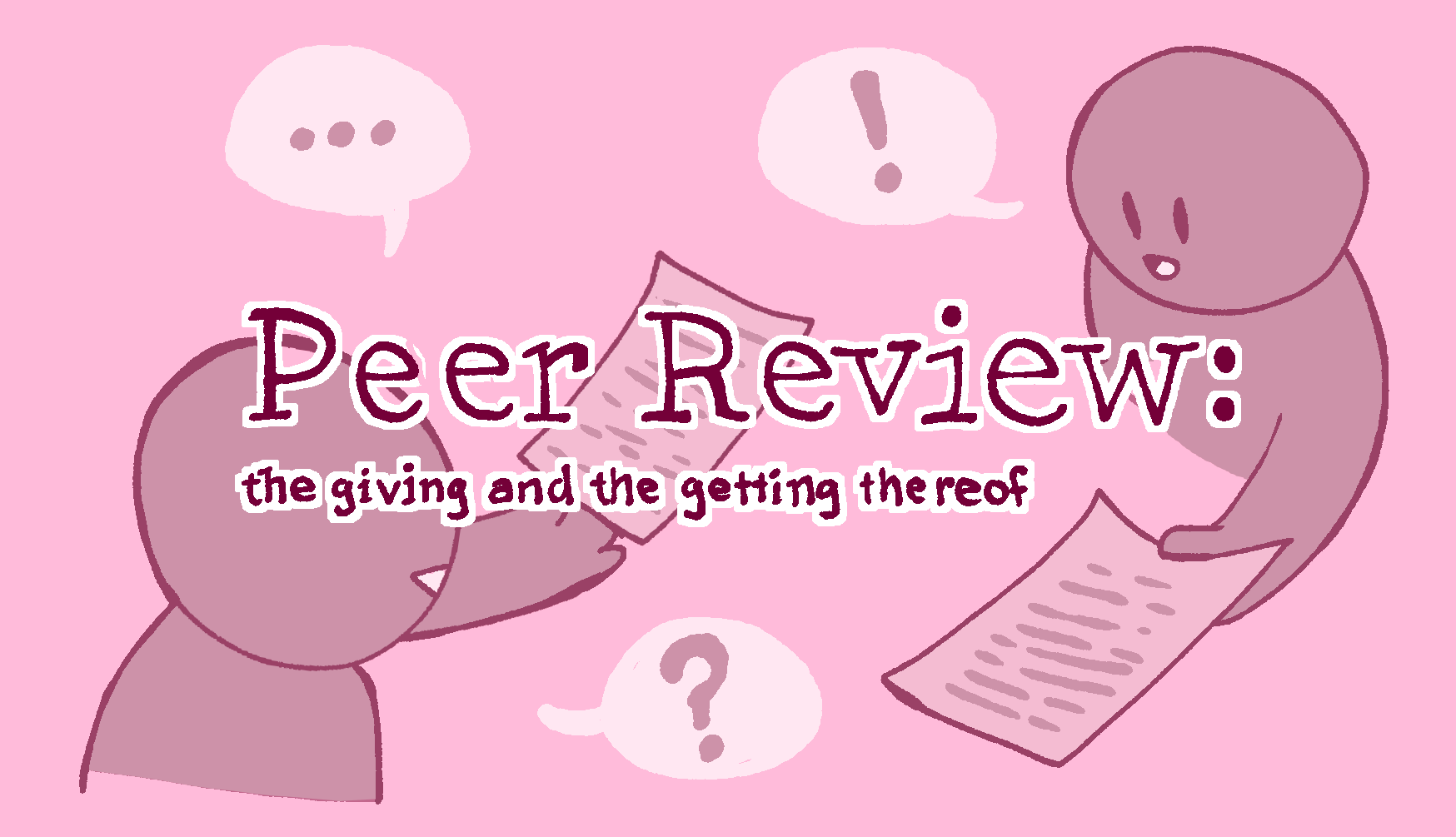
Comics are a complex art form! Sometimes you might find that, after you’ve been working on your opus for awhile, it’s not getting the type of reactions you were hoping for. Readers seem confused by scenes you thought were crystal clear, jokes aren’t seeming to register, or emotional beats aren’t landing. Or maybe, you’re starting to feel unsatisfied yourself; you feel like something might be wrong, but you’re not sure what it is.
Character Creation: Designing tips!
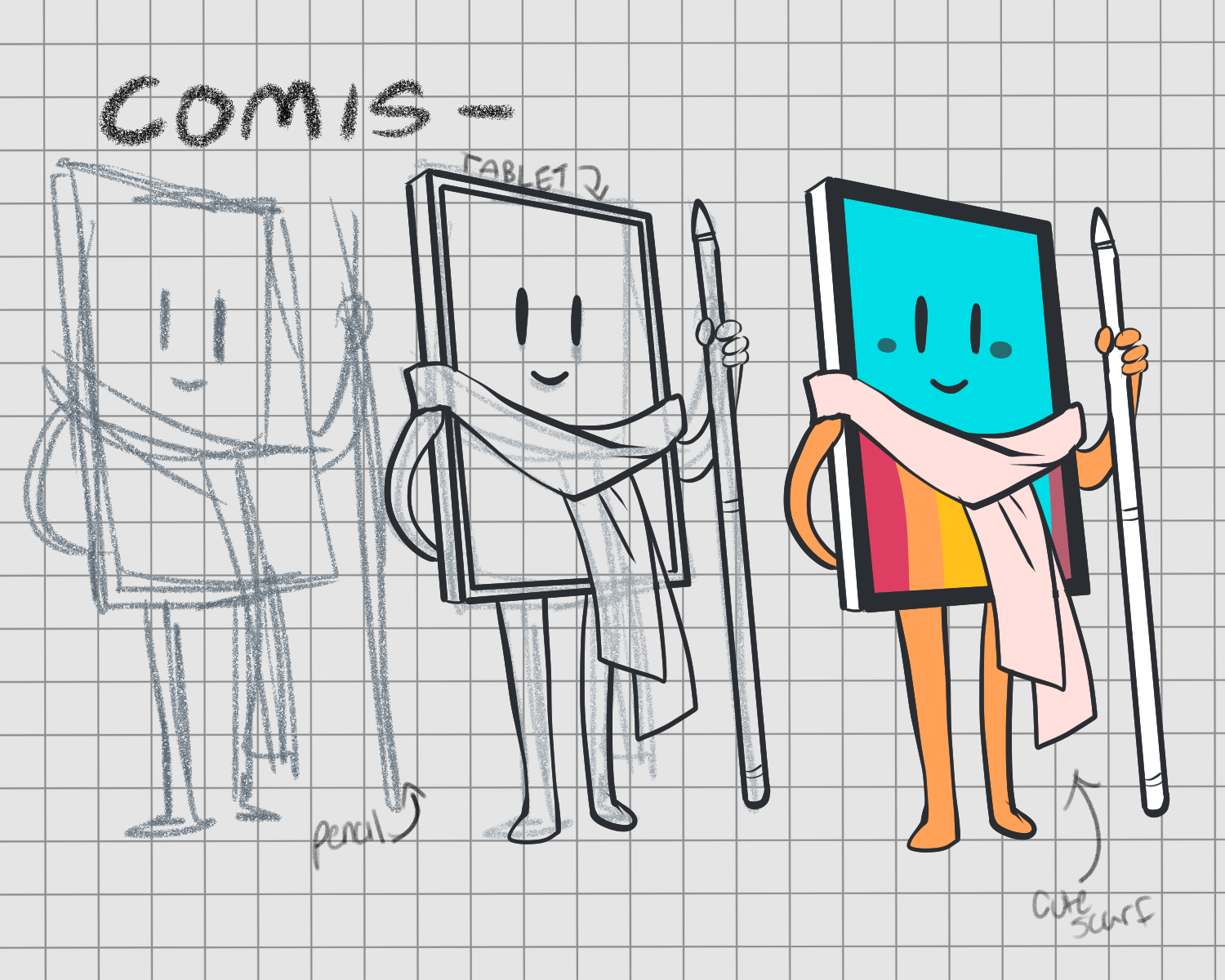
Creating a distinctive, memorable, and great design for original characters can be a challenge. They not only need to work for your project, but leave a large enough impact for the audience to care (and want to follow their story more). But it’s one of the many things we as webcomic creators have to do in order to deliver the full package of our story and its journey!
